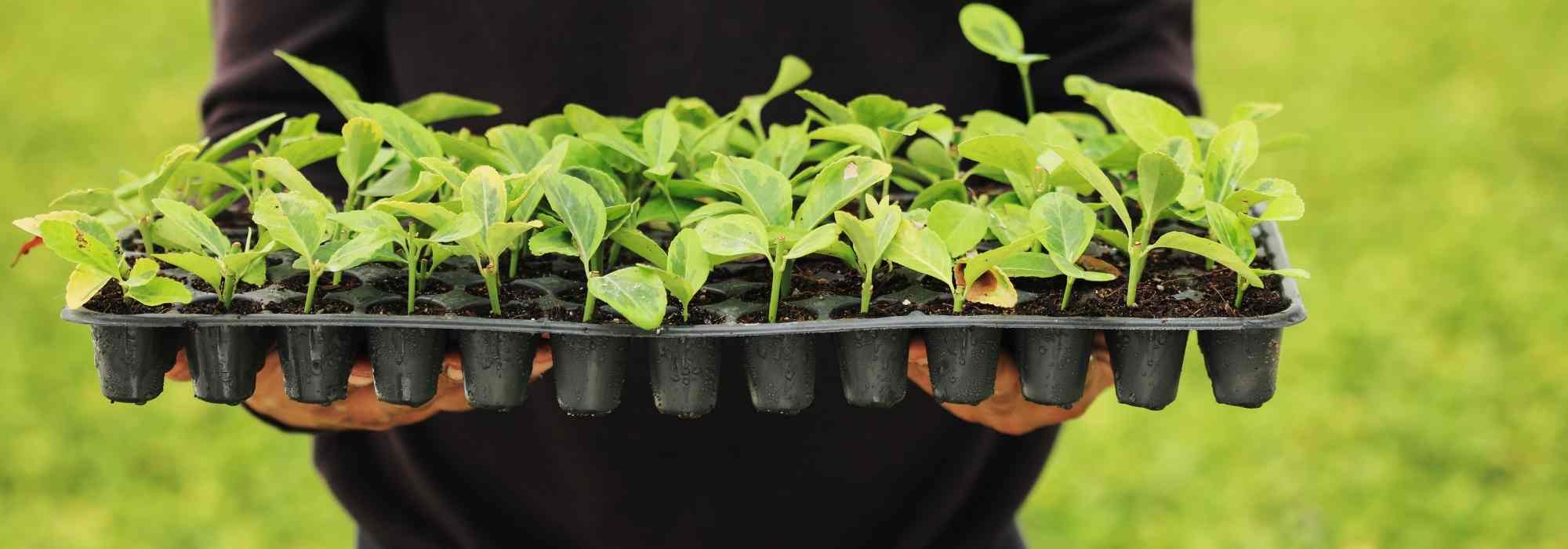
How to sow seeds in trays?
Using a sowing tray is easy!
Contents
A alveolate tray is a growing tray made up of cells. Alveolate trays are widely used in commercial market gardening as well as in nurseries. However, they are increasingly being adopted by gardeners who appreciate the simplicity and efficiency of this method of plant propagation. Discover all the tips and advice to successfully carry out your sowing and transplanting in these trays for an ultra-productive vegetable garden.
What is an alveolate plate?
The alveolate tray is a support used to produce numerous small young plants in transplantable clumps directly after a few weeks.
They are composed of dozens of cells a few centimetres wide and deep to allow for a good start for the seedlings. They typically feature a single hole at the bottom for drainage and water absorption.
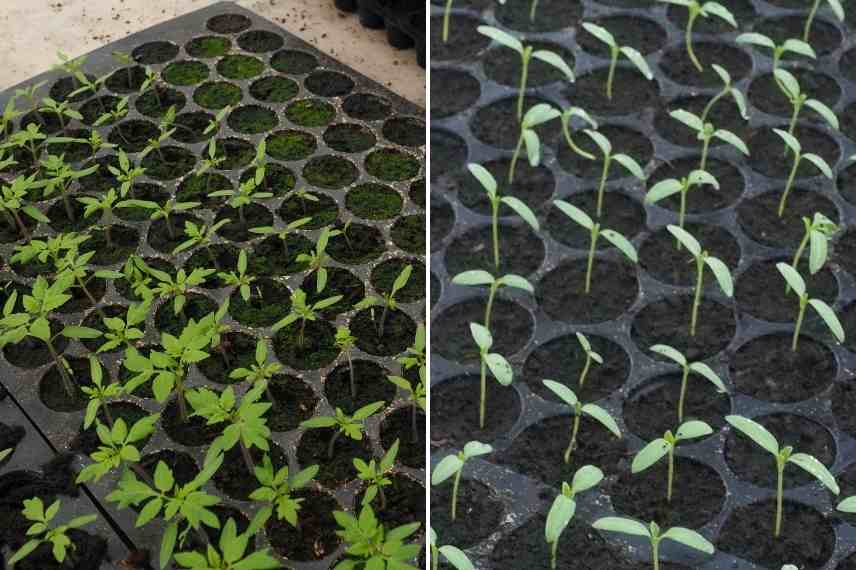
The advantages
- Sowing in alveolate trays makes transplanting easier: you plant your young plant in a clump and that’s it.
- The plant is very little stressed by the operation as its root system is intact. Restarting will be much easier than with bare roots.
- This technique saves time and a good number of seeds.
- This sowing method allows for the “multi-sown” technique (not thinning seedlings in the same cell). This may seem strange as gardening myths are persistent, but many vegetables can thrive growing side by side.
The disadvantages
This type of sowing dries out quickly given the volume of the cells making up these trays. Care must be taken with watering to avoid losing everything in a matter of hours.
Which plants are affected by this type of sowing?
This method of sowing concerns far more vegetable species than one might think. Even some root vegetables can be started in this type of container. Generally speaking, the larger your seed, the larger the volume of your cell should be.
Among the species that we will sow directly in these cells, we can mention:
For Legumes
Broad beans, peas, and beans should be placed in trays with large cells.
For Asteraceae
Lettuce will first be sown in a seed tray and then transplanted into cells at the cotyledon stage. This will prevent damage to the roots and minimise stress on the seedling. We avoid sowing very small seeds directly for fairly obvious practical reasons.
Chicories and artichokes are sown directly into the cell but only in a large format.
For Solanaceae
Tomatoes, aubergines, and peppers thrive very well in this cultivation method.
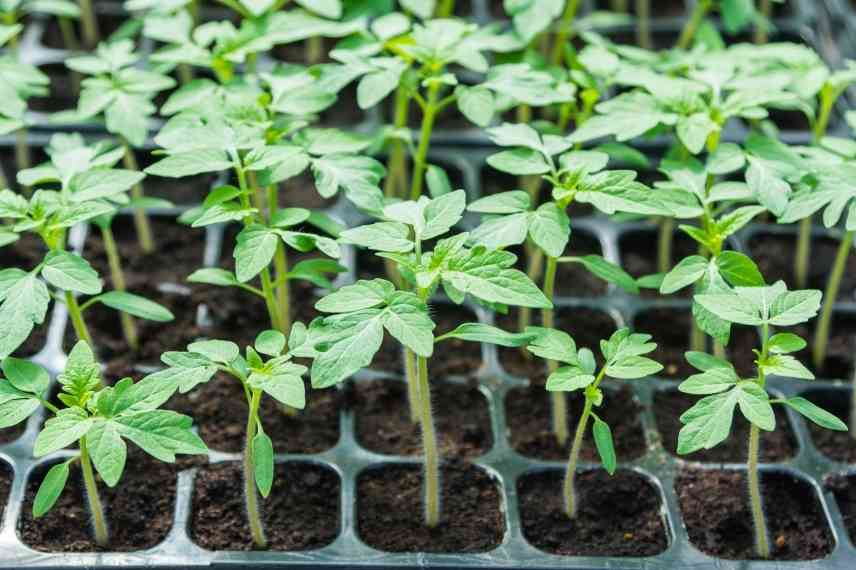
Sowing tomatoes in an alveolate tray
For Brassicaceae
Cabbages will be treated like lettuce: sown broadly in a seed tray and then transplanted at the cotyledon stage. Rocket, watercress, and radishes can be sown with 3 or 4 seeds per cell and will develop perfectly well on top of each other. Turnips, on the other hand, can only be sown individually in each cell.
For Cucurbitaceae
All species without exception. One seed per cell with large alveoles for a good start for the seedlings.
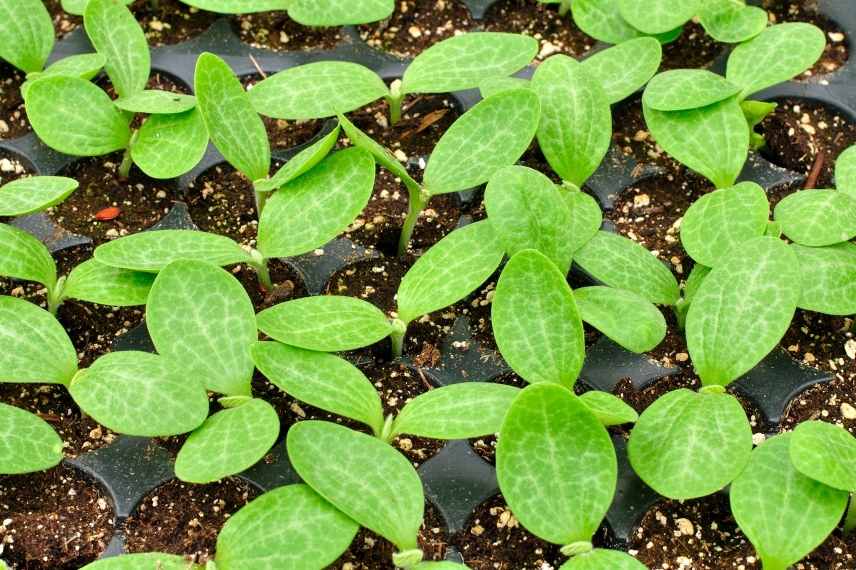 The alveolate tray is very suitable for sowing pumpkins, squashes…
The alveolate tray is very suitable for sowing pumpkins, squashes…
For Chenopodiaceae
Spinach and beetroot can be sown with 3 or 4 per cell without issue. Chard will be sown alone.
For Allium
Sow onions and leeks with 3 or 4 in each cell. The solitary method is also possible.
Plants Incompatible with This Type of Sowing
Carrots as well as most vegetables (parsnips, salsify,…) with taproots will not tolerate transplanting after being sown in traditional alveolate trays. However, there are now special trays for carrots and straight-rooted vegetables.
Finally, potatoes are also not suitable for cultivation in trays.
Discover other Seeding racks, trays, and sheets
View all →Available in 1 sizes
Available in 1 sizes
Available in 1 sizes
How to sow in an alveolate tray?
To sow in an alveolate tray, you will need:
- an alveolate tray;
- seed compost;
- seeds;
- a pencil;
- water.
How to sow in an alveolate tray?
- Place your substrate in the cells by gently but firmly pushing it with the tips of your fingers. Repeat this process a second time until you reach the edge of each cell. Flatten everything with the palm of your hand and level it out;
- Next, use a pencil to create a slight depression in each cell to place your seeds;
- Place the appropriate number of seeds according to the species;
- Cover, water, and place in a warm spot away from direct sunlight;
- Optionally, place a plastic film or glass over your tray to speed up germination;
How to transplant in an alveolate tray?
- Fill each cell with compost;
- Insert your pencil to the bottom of the filled cell and gently introduce the root with the pencil into the cell up to the level of the cotyledons (the first two leaves).
- Cover, water, and you’re done!
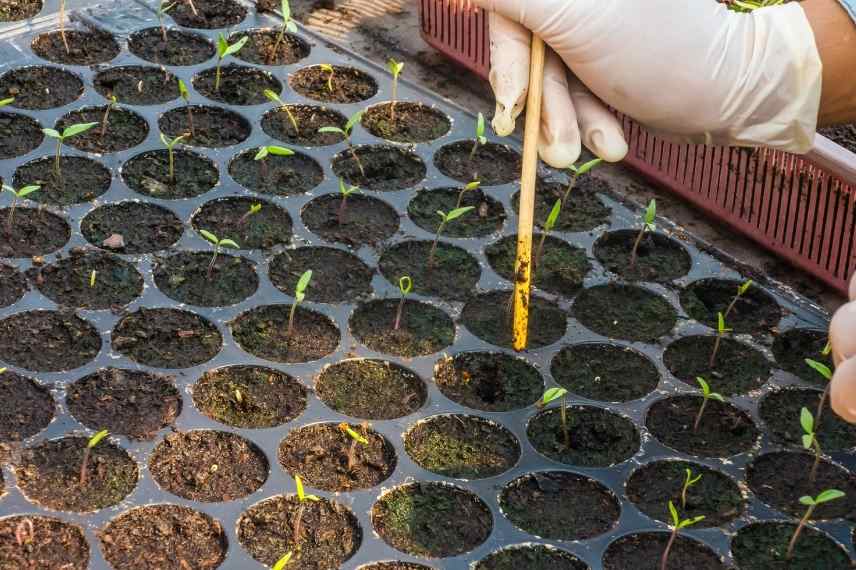
- Subscribe!
- Contents
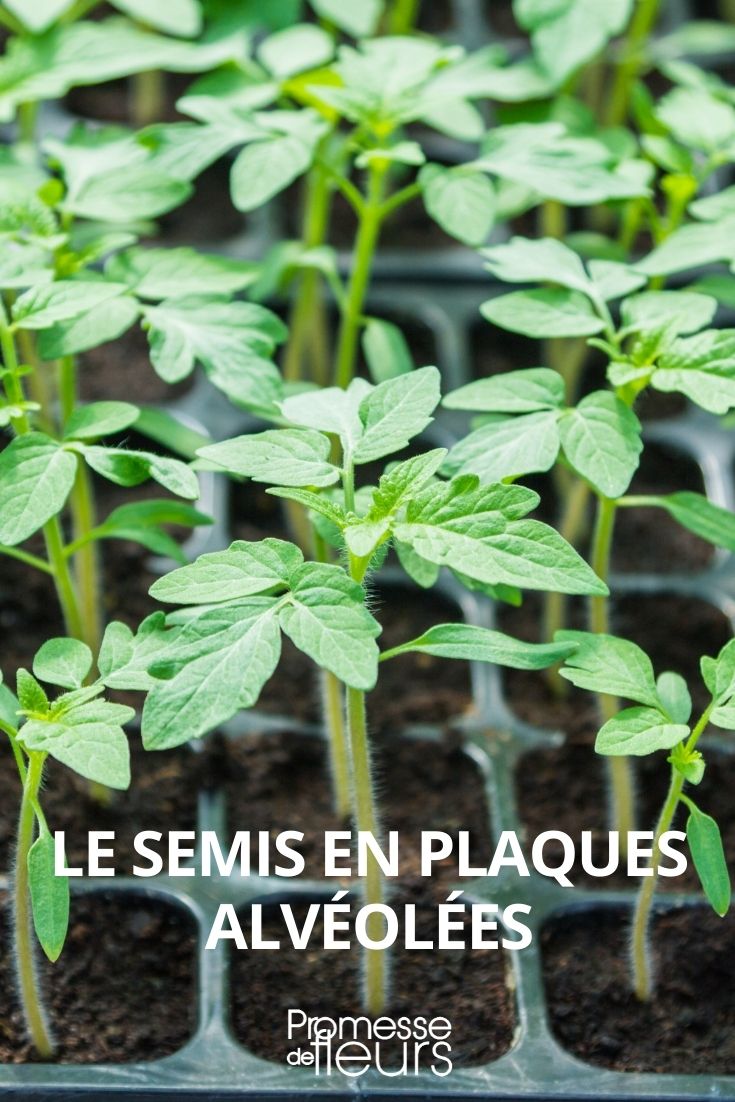































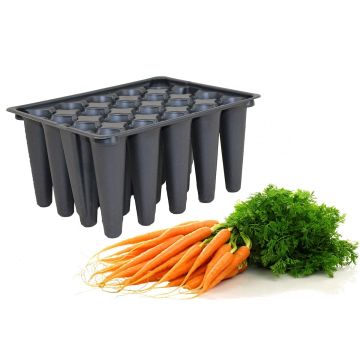
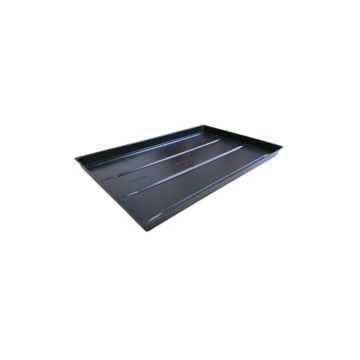
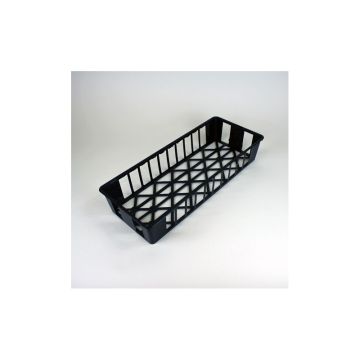
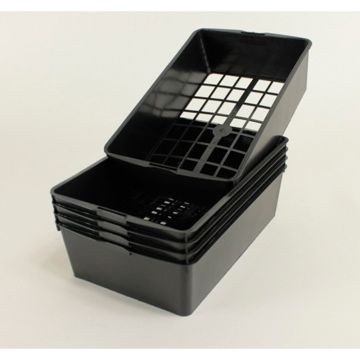
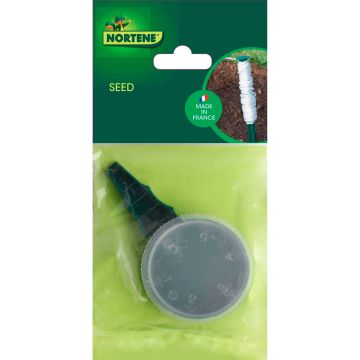
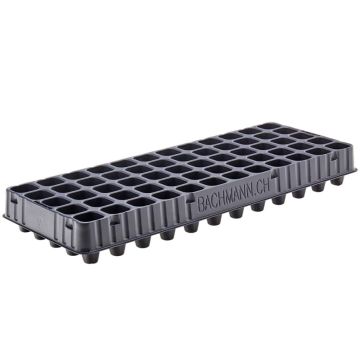
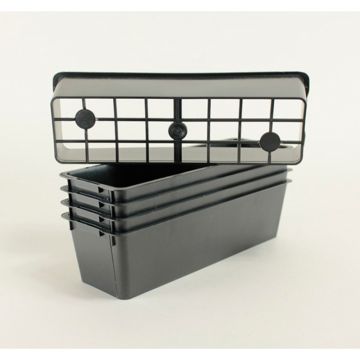

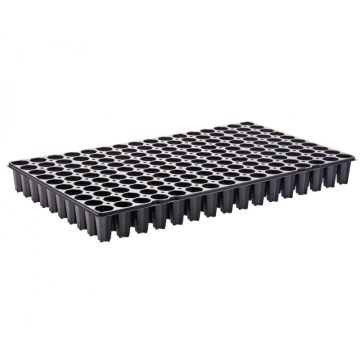
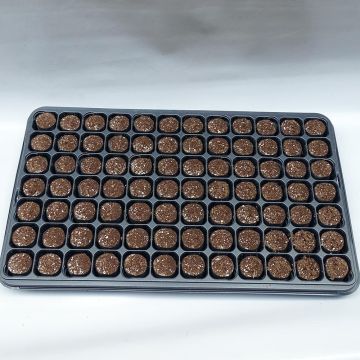
Comments